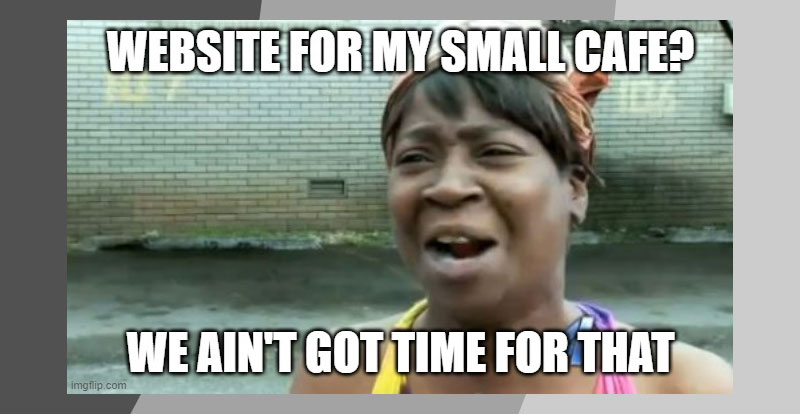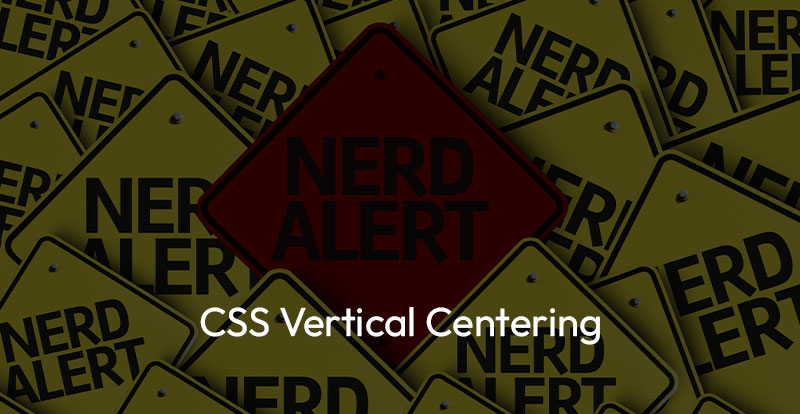Most of the world is online, including bars, cafes, and even restaurants. For the last 25 years, the internet has gone from being a commodity to a necessity and the same can be said for having a website. Studies show that 75% of consumers judge a business based on their website and a study from 2023 revealed that 71% of businesses have their own website. One of those studies also states that roughly 46% of people will use Google search to find location and local information, which includes YOUR businesses! Considering the rising cost of prices, consumers are pickier than ever, and your online presence plays a huge part in their decision-making process. Unfortunately, just because the quality of your food or service is high, doesn’t mean your customer count will be. That’s where a website can be a huge help.
A website isn’t without its risks though. Certain details or features could make a restaurant website costly, forcing you to dip into profits instead of increasing them. So instead of diving into the deep end of web design, let me talk you through the benefits and drawbacks of having a website for your restaurant or cafe.
My Thoughts: The Case for Websites
If it wasn't obvious, I'm a bit biased because I run a web design company. But honestly, I think every business should have a website. It's like your online home base—it makes you look legit and gives you full control over how you present yourself. You can share your menu, tell your story, and make it super easy for customers to find you and place orders. Sure, you can use social media and other platforms, but having your own website is a whole different level. It’s totally worth it.
The Case for Restaurant and Cafe Websites
Customer Expectations and Discovery
Foot traffic is still an adventurous way to discover a great restaurant, but most traffic doesn’t happen on “foot” anymore. Consumers are going to their phones to find a new restaurant to stop by. Why? First, it’s because their phones are already in their hands. More importantly, it’s because everything they want to know is made readily available by restaurants and cafes that know how to cater to 21st-century customers. When you have a website that features menus, dietary information, hours, and locations you answer almost every possible question a future customer will have. Every dollar is precious in this economy, so give customers all the data they need on a convenient web page that’s easy to access.
Brand Representation and Info Hubs
If you do more than just offer fast food takeout, your food isn’t just your product, it’s your brand. Everything involving the identity and image you project can be used to bolster business, and that includes your website. Pages can establish your messaging and style while sharing your background and history in the culinary world. Whether it’s because your Grandmother made the perfect paella, or because you spent 12 years in Culinary School, a website can distinguish you from competitors by telling your story.
If you’re a restaurant or cafe with an active calendar, integrating that calendar into your website is the ideal way to let everyone know about your ‘goings on’. Whether it’s the next karaoke night or your weekly specials, promotional content and calendars on your website will do more work than paper fliers.
Online Ordering and Reservations
Online ordering is a goldmine, and if you aren’t already using it, you need to join the rush. A restaurant statistic study showed that 60% of restaurants increase their sales when they offer online ordering. That doesn’t mean that every steak house or French restaurant should be joining GrubHub, but it means most adults are currently ordering online. By integrating online ordering onto a website, consumers will be able to order their food more easily than ever.
For those restaurants that offer in-house dining, online reservations have never been more popular. Software like OpenTable has simplified the restaurant reservation system, and you can feature it right on the front page of your website. It makes it easier for your customers and it creates a simple, online list of reservations for your system.
The Benefits of SEO
Unless you’re a franchise with over 10 locations, chances are you cater to your local market. If they’re searching for a cafe or restaurant, and they can’t find you, then that’s when an SEO-enhanced website comes in handy. Search engine optimization uses specific keywords and content to reach your target market. If you’re a seafood restaurant in Philadelphia, SEO can ensure that your website appears on “seafood restaurants in Philly” Google searches and many, many more.
Arguments AGAINST Websites for Your Restaurants and Cafes
Social Media Reliance
In case you haven’t noticed, food is all over social media these days. Most of it is extreme and purposefully ridiculous dishes made for clicks, but others are genuine restaurant or cafe content hitting the mainstream. Everyone loves food, and social media pages can be just as effective as a website when drawing customers in.
Ultimately, your food is the most important part of your brand, and creating a Reel that shows it off can have a significant impact on TikTok or Instagram without being featured on a website.
Maintenance and Cost
Some people aren’t tech-savvy and learning to be is not cheap. Whether you’re hiring a developer or design team to bring a website to life, or learning to do it on your own, it’s going to be a costly endeavor that could take a couple of weeks or even months. They also require consistent maintenance, considering the number of hacks and spam issues that increase every year. Every time you make a menu change, your website will need an update, or you’ll probably create one or two unhappy customers.
If you don’t have the means to develop a proper website or to hire someone who can, it might not even be worth the try.
Third-Party Platforms
You can do a lot of free brand building on the multiple delivery apps and free business pages that are now available. Google My Business is the best way to build your Google Business Profile. You also get access to key information that helps with future design choices and gives insight into new ways to distinguish your restaurant. Don’t let users generate your delivery pages and profiles for you, everything from DoorDash to UberEats offers the chance to personalize pages and provides you with critical info about orders, frequency, and more.
Take control of your profiles and you’ll start to take control of your online presence.
Finding the Balance with BOTH Approaches
If you’re suddenly worried about weighing the high costs of a website and doing without, it’s time to take a step back. There are different kinds of websites, like the hundreds we’ve made for our clients, and they don’t all have to have expensive bells and whistles. A simple page with integrated menus, online ordering, or reservation systems is enough to build a customer base and your brand. It can also be a great marketing tool and an asset when advertising on social media, Google search results, or delivery apps. Best of all, it doesn’t have to break the bank!
There are Content Management Systems (CMS) like WordPress that make it extremely easy to build a website from their many templates. You can also hire freelancers on different platforms to manage your content, teach you how to manage your content, or just build your entire website. There will be some fees to pay, web hosting isn’t free you know, but it will pay dividends when you see the end result.
When advertising your restaurant or cafe, don’t choose the option with the highest cost and assume it’ll work. Food, coffee, and cocktails don’t always work that way and neither do websites. Instead, carefully craft the website you need with decisions that will have a high impact and not a high cost.



